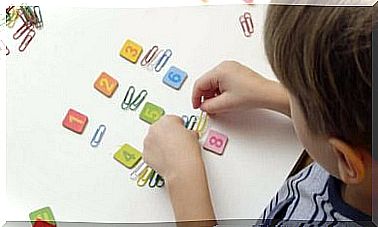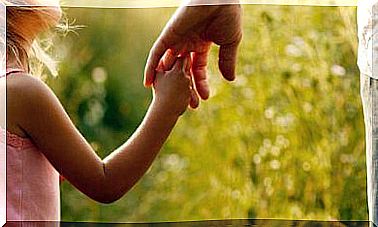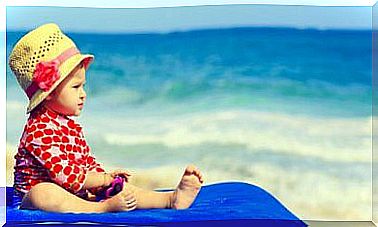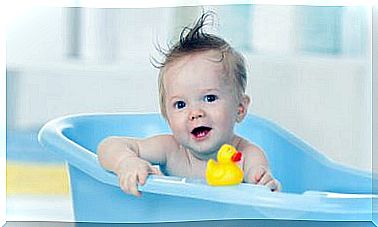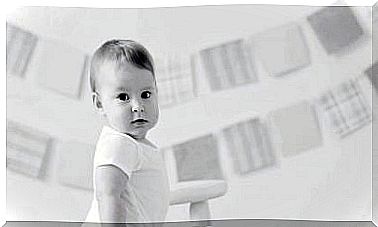Characteristics And Types Of Childish Temperament

The infantile temperament has been an aspect much studied by theorists of clinical and developmental psychology. Among them, it is worth mentioning Thomas and Chess. Through their studies, this pair of American psychiatrists created a classification of the characteristics and types of children’s temperaments. His research is currently a reference for understanding children’s temperament.
about temperament
The term “temperament” has different meanings. However, most scientists agree with the following meaning: “a temperamental predisposition refers to a distinct profile of feelings and behaviors that originate in the child’s biology and appear early in their development.”
In fact, temperament traits are not learned behaviors, but behaviors that are present from birth. Therefore, the temperament has a genetic component.
However, over time, temperament also develops and will ultimately determine the child’s personality. In this way, our personality will be the result of the interaction of the child’s temperament with the environment.
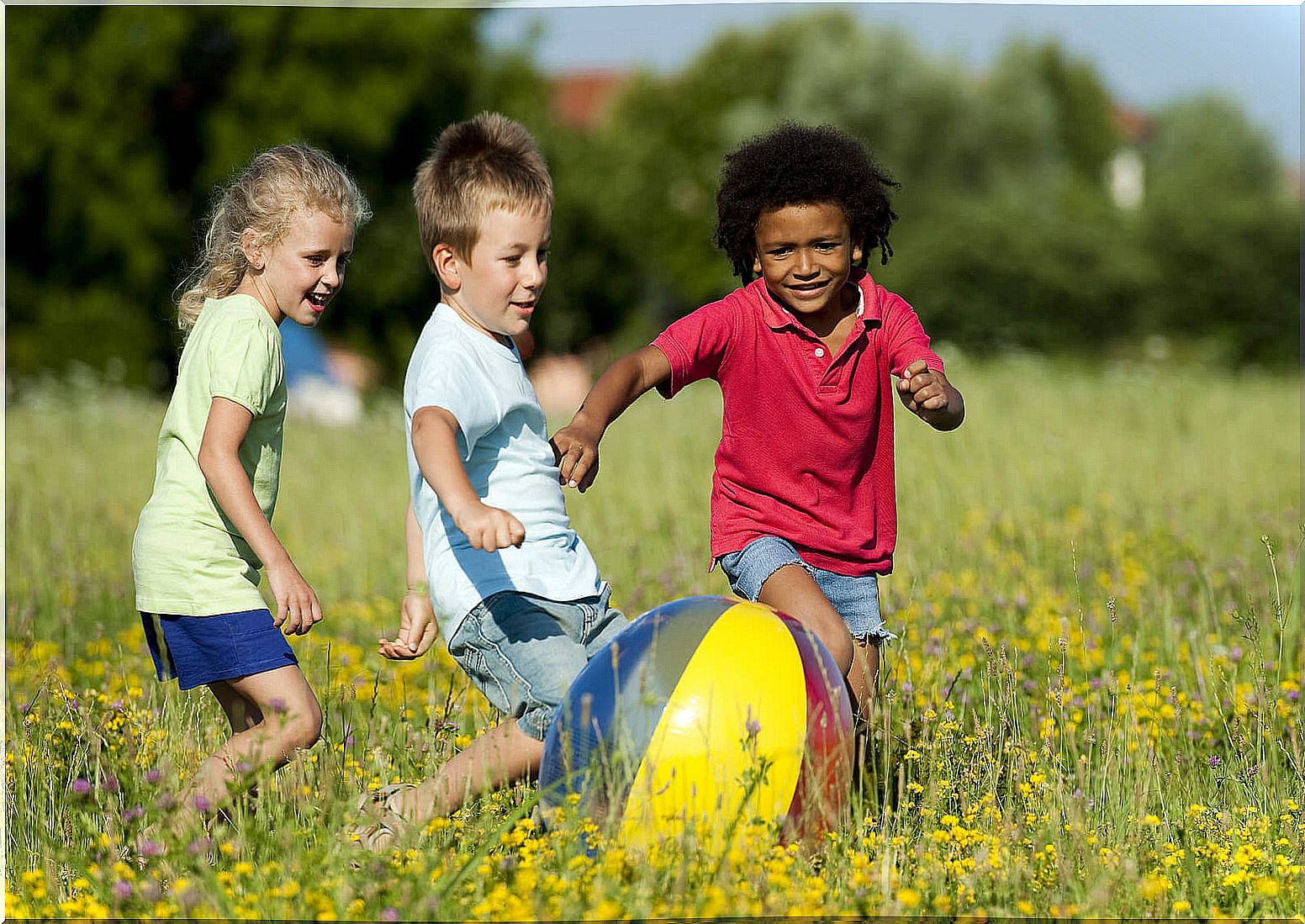
According to the researchers, the temperamental characteristics help to understand the complex child psychology. Therefore, if parents and educators are aware of these characteristics, they will be able to better understand the child’s reactions and help them in their education and well-being.
Next, we’ll look at which traits or characteristics define children’s temperament and the types of temperament that exist. This will be based on research by child psychiatrists Thomas and Chess.
Characteristics of infant temperament
The study by Thomas and Chess consisted of looking at the characteristics of 141 children from 85 families. From this study, they identified nine traits or characteristics of children’s temperament. These characteristics, present from birth, will shape the origins of the personality. Let’s see each of them:
- Activity level. It has to do with the child’s motor activity. The frequency with which the baby moves in the daily interaction with the parents and during the hours of sleep or wakefulness is observed.
- Rhythmicity. Indicates regularity of biological functions. These are the sleep-wake cycles, nutrition-deposition cycles, etc.
- Approach/avoidance. Determines the child’s willingness to face new situations, places, people or things. In other words, it assesses the child’s initial response to new stimuli and new people.
- Adaptability. The ability to adapt to the stimuli assessed in the previous point is observed. So, it is the way the child deals with changes or transitions.
- Intensity. It refers to a child being more or less expressive. The intensity of the response to emotions such as joy, sadness or anger is observed.
Other characteristics of the child’s temperament
- Sensory threshold. It defines how sensitive the child is to physical stimuli, such as noise, temperature, light, etc. Thus, the level of stimulation that the child needs to respond to a stimulus is observed.
- Mood state. Determines the number of positive or negative responses presented by the child. A positive disposition reflects cheerful, outgoing children. On the contrary, a negative disposition reflects serious and irritable children.
- Distractability. Indicates the level of concentration to be distracted by external stimuli when the little one performs a task. Likewise, distractibility has to do with how these external stimuli interfere with the child’s behavior.
- Persistence/Attention. Determines a child’s ability to continue with an activity when it is difficult or when obstacles arise.
Kinds of infant temperament
According to Thomas and Chess, the combination of these nine behavior patterns gives rise to three types of childish temperaments: difficult, easy, and slow-reacting children. Three types of children that parents easily recognize. Let’s see each one of them.
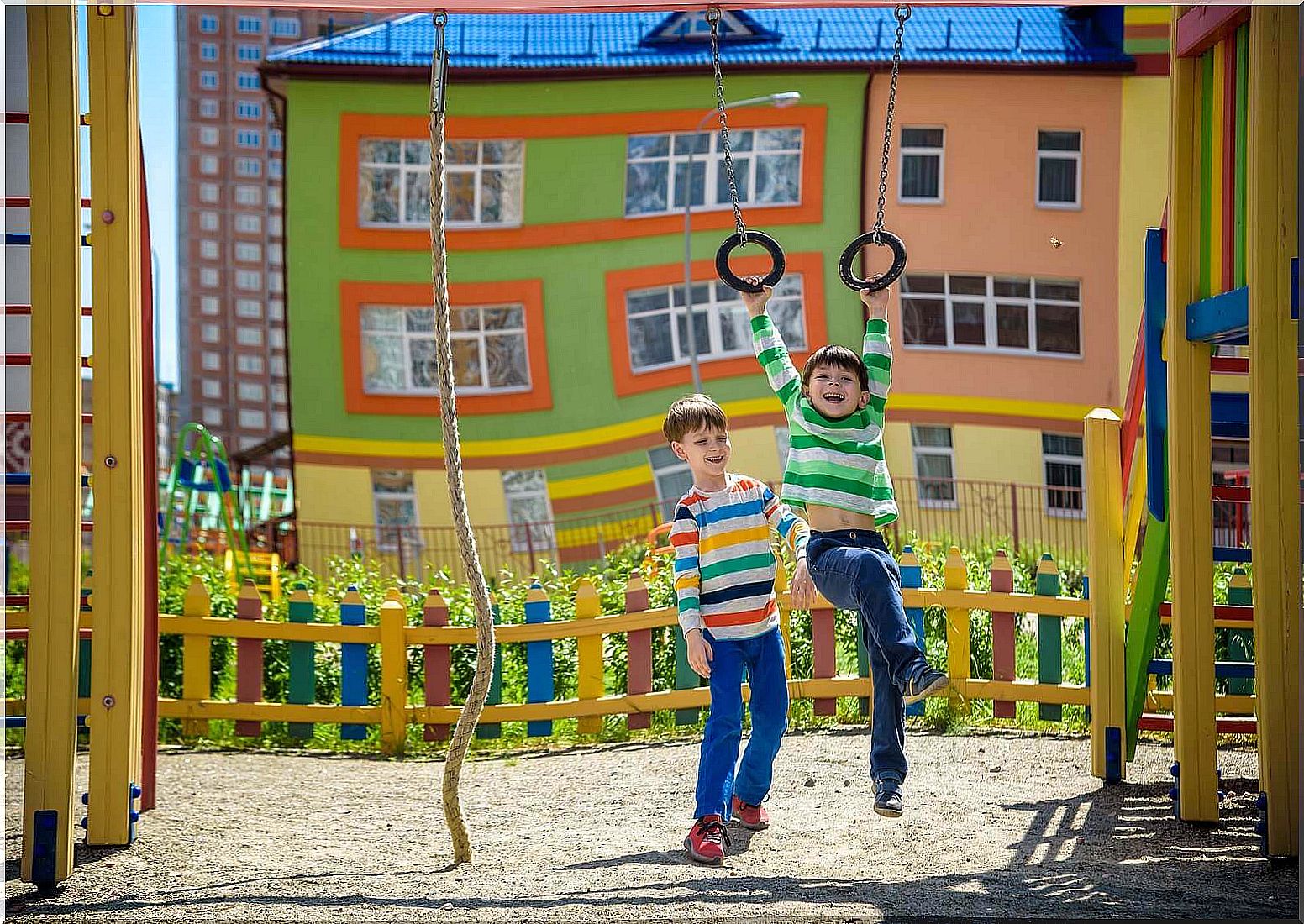
Difficult children (10%)
Children with this type of temperament are irregular when it comes to eating and sleeping. In addition, they are children with a high level of activity and little adaptability and, therefore, they generally reject and withdraw when faced with new or strange situations.
As for the mood, they are irritable and aggressive, with little emotional self-regulation and a negative mood. Faced with external stimuli, they respond intensely.
Easy kids (40%)
Easy kids are kids with high rhythmicity. They show interest in new experiences and new situations. In addition, they also have the ability to adapt well to change. Your responses to emotions are of low or moderate intensity. Easy kids have a positive mood, are cheerful and affectionate.
Slow-Reacting Children (10%)
Slow-reacting children are not very active and not accessible, that is, they are shy and fearful children. Faced with the unknown, their first reaction is to withdraw, but over time they adapt to changes. Like difficult children, they have a negative mood as well as a low- or moderate-intensity reaction to external stimuli.
This type of temperament makes it difficult for these little ones to engage in social relationships. This is because of hesitation, shyness and poor accessibility.
To consider the characteristics and types of children’s temperament
Research suggests different parenting strategies according to the child’s temperament. Thus, children with a difficult temperament require more restrictive control and a lower level of parental negativity. Slow-reacting children need to be encouraged to explore new situations, and for fearful children, it is good that parental discipline is smooth and moderate.
Therefore, as parents and educators, we must know the characteristics and type of temperament of children. This will help us to better understand and understand the little one and their reactions.


